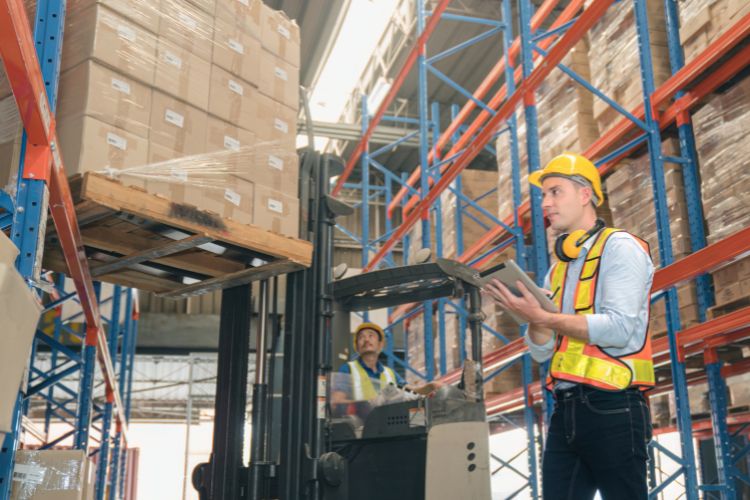Managing a supply chain is no easy feat. From sourcing materials to delivering products, there are many components that make up this complex process.
One of the biggest challenges faced by businesses in today’s supply chain landscape is the lack of visibility. With so many moving parts and players involved, it can be tough to keep track of everything. Thankfully, advancements in technology have led to new tools and techniques that can help businesses gain better visibility across their supply chains. Explore some of the top tips for improving visibility in your supply chain.
Understand Your Customers
If you want to operate an efficient and successful supply chain, you need to understand your customers. This means recognizing their needs, preferences, and buying patterns so you can adapt your supply chain accordingly. By understanding the needs of your customers, you can better forecast demand and adjust your operations to meet those needs. This can also help you make more informed decisions when it comes to inventory management, delivery scheduling, or any other aspect of your supply chain.
Accurately Manage Suppliers
Your suppliers’ performance and delivery capabilities can significantly impact your supply chain efficiency. Therefore, businesses should prioritize supplier management to ensure that they are delivering quality products on time. Setting specific performance metrics, tracking supplier performance, and implementing regular audits are all critical components of supplier management.
Utilize Real-Time Visibility Technologies
Real-time visibility technologies offer great potential for improving supply chain visibility. They provide live data and tracking information throughout the supply chain by using sensors, GPS technology, and cloud computing to track every stage, from production to delivery. They allow businesses to receive regular updates on their products’ progress and ensure on-time deliveries.
Tracking software solutions also help streamline the shipping process by assisting with inventory tracking, consumer analysis, and more. This information helps you improve efficiency in your supply chain while monitoring your processes closely to ensure you’re making smart, cost-effective decisions.







